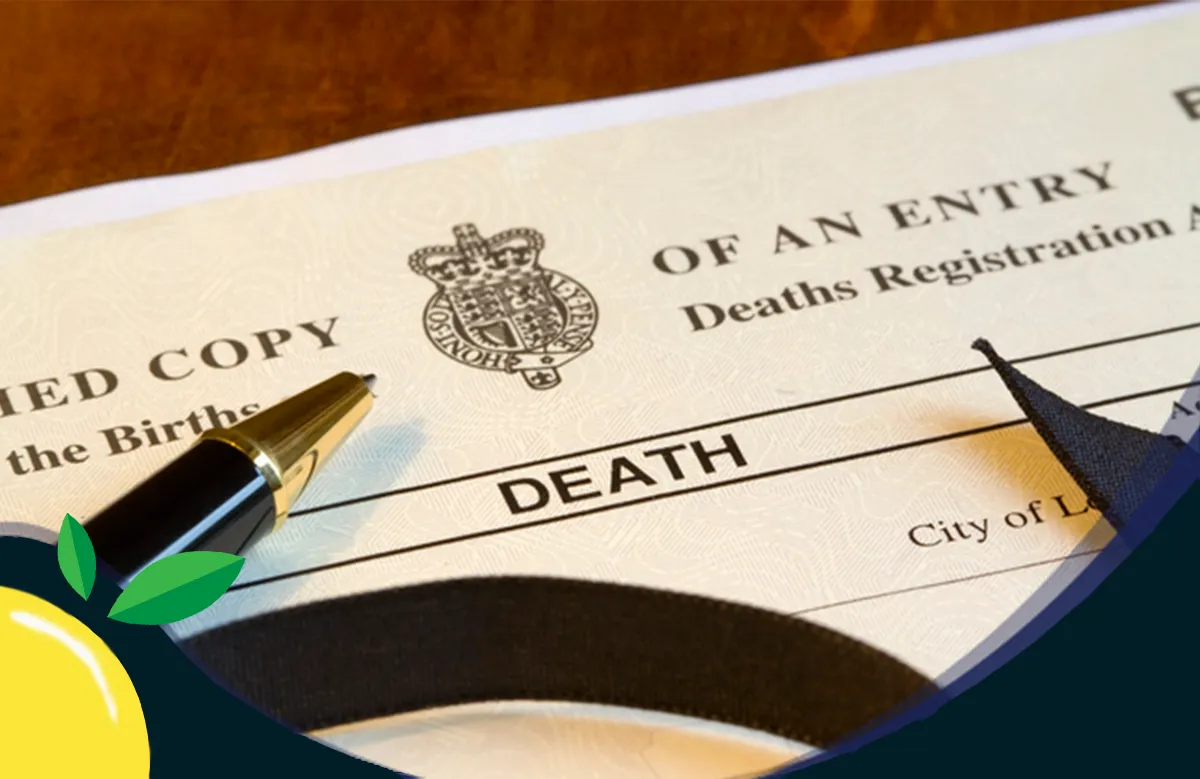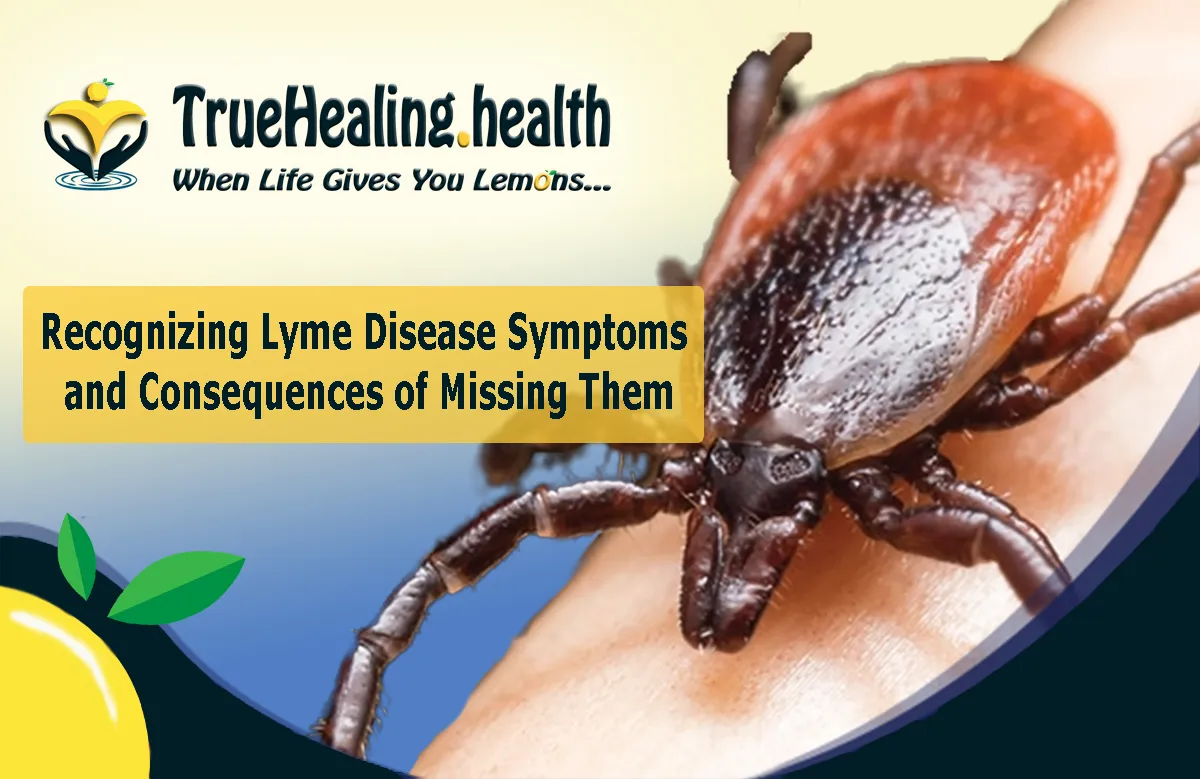Excess Death in the Covid-19 Pandemic; What to think of the excess mortality now?
The COVID-19 pandemic has redefined our understanding of public health crises, and central to this has been the scrutiny of excess mortality. This measure not only accounts for the number of deaths directly due to COVID-19 but also those resulting from the pandemic's indirect effects. As we navigate through the excess mortality across various regions, we're challenged to confront the true death toll that extends beyond the virus itself.
Content List:
- Counting the Untold: COVID-19 Direct and Indirect Impact
- Analyzing the Statistics: What Are the Numbers Saying?
- Healthcare Overwhelm: A Factor in Excess Mortality?
- How Has the Pandemic Affected Non-COVID Deaths?
- Vaccine Rollout and Its Alleged Consequences
- The Unseen Data: What Aren’t We Being Told?
- Excess Mortality: A Global or Localized Phenomenon?
- Policy Responses to Excess Deaths: Are They Adequate?
- Looking Forward: Preventing Future Excess Mortality Incidents
- What is Excess Mortality and Its Relationship to COVID-19?
- Calculating the Impact of COVID-19 on Death Rates
- Understanding the Variability and Patterns in Excess Mortality Data
- Examining Excess Mortality Estimates and Forecasting
- Reporting and Addressing Excess Mortality: Lessons Learned
- Conclusion

Counting the Untold: COVID-19 Direct and Indirect Impact
Official reports can fail to fully capture the COVID-19 death count, whereas the excess mortality estimates reveal a more nuanced narrative. The excess deaths associated with COVID-19 reflect a combination of factors, including overwhelmed healthcare systems contributing to deaths from other causes, further magnifying the pandemic's grim legacy.
Analyzing the Statistics: What Are the Numbers Saying?
Examining the estimates of excess mortality has brought to light the stark reality of the pandemic's reach. As we assess the death rate and deaths that occur due to the virus and other indirect impacts, it becomes clear that the number of deaths we would expect under normal circumstances has been surpassed, indicative of the extensive impact of the pandemic.
Healthcare Overwhelm: A Factor in Excess Mortality?
The healthcare system's capacity has been stretched thin, resulting in increased deaths not directly linked to the virus. The excess mortality during the COVID-19 period raises critical questions about our healthcare infrastructure's ability to manage concurrent health crises.
How Has the Pandemic Affected Non-COVID Deaths?
The pandemic's toll includes an increase in non-COVID conditions, with significant excess deaths in 2020 arising from delayed or inaccessible care for chronic diseases. These deaths from all causes, exacerbated by the pandemic, underscore the need for resilient healthcare systems capable of delivering comprehensive care even during crises.
Vaccine Rollout and Its Alleged Consequences
The haste of the COVID-19 and excess mortality discussion following vaccination campaigns has led to a contentious debate. Concerns over a potential excess mortality due to vaccines are under scrutiny, necessitating a deep dive into the correlation between vaccination and excess death estimates.
The Unseen Data: What Aren’t We Being Told?
The observed number of deaths versus the expected number of deaths during the pandemic offers an incomplete understanding without access to comprehensive data. The excess mortality is defined by more than just the numbers; it encompasses the broader implications of the pandemic, many of which remain obscured due to data inaccessibility.
Excess Mortality: A Global or Localized Phenomenon?
Excess mortality estimates vary significantly between countries and regions, influenced by public health policies, socioeconomic factors, and healthcare capacities. Understanding these differences in excess mortality can inform targeted interventions and proactive measures in anticipation of future health emergencies.
Policy Responses to Excess Deaths: Are They Adequate?
Policy interventions in response to excess mortality associated with the COVID-19 pandemic have varied in effectiveness. As governments and health organizations reckon with the total number of excess deaths, the urgency for policy refinement and the adoption of lessons learned becomes paramount.
Looking Forward: Preventing Future Excess Mortality IncidentsIn light of the excess deaths in the United States, UK, and beyond, preparing for future pandemics means addressing the gaps that led to high excess mortality rates. By integrating lessons from the mortality during the COVID-19 pandemic, we can aim to reduce the ratio of excess deaths in future outbreaks, ensuring a more robust public health response.
What is Excess Mortality and Its Relationship to COVID-19?
Defining Excess Mortality and its Significance
Understanding excess mortality is paramount in the era of the COVID-19 pandemic. It offers insights into the broader impact of the pandemic, including deaths from other causes that have been affected by the strain on healthcare systems and societal changes. This measure helps to unravel the complexities behind the true death toll beyond the daily headlines.
Estimating Excess Mortality: Methodologies and Challenges
The task of estimating global excess mortality is fraught with challenges, as it requires the assimilation of data from disparate health systems and grappling with potential underreporting issues. The use of sophisticated models and collaboration with international health bodies enables a more accurate representation of the estimated excess deaths during the pandemic.
Excess Mortality Associated with the COVID-19 Pandemic
The COVID-19 pandemic has contributed to an excess death rate that has shocked and saddened nations. With an excess mortality across various demographics and geographies, the pandemic's toll has been far-reaching, affecting not just those who succumbed to the virus but also those whose care was compromised due to the systemic shock to global healthcare.
Calculating the Impact of COVID-19 on Death Rates
Assessing the True Death Toll: Establishing Accurate Estimates
Comprehending the full scale of excess deaths associated with COVID-19 requires meticulous calculation and reconceptualization of the death rate. The true death toll of the pandemic is likely higher than official counts suggest, with estimates of excess mortality offering a more truthful gauge of the virus's lethal aftermath.
Mortality Data Analysis: Exploring the Pandemic’s Influence on Death Rates
Through mortality data analysis, we gain deeper perspectives on how the pandemic has skewed death rates. By comparing the total number of deaths pre- and post-pandemic onset against estimate excess mortality, we can discern patterns and tailor public health responses accordingly.
Excess Death Rate: Unveiling the Surplus in Mortality Figures
The excess death rate represents the grim surplus in mortality figures, reflecting the extensive reach of the pandemic. This measurement allows us to quantify the impact of the pandemic on mortality, which, in turn, underscores the urgent need for robust health policies and interventions.
Understanding the Variability and Patterns in Excess Mortality Data
Regional Disparities in Excess Mortality: A Comparative Analysis
Regional disparities in excess mortality rates shed light on the varied responses and preparedness of different regions to the COVID-19 pandemic. These disparities highlight the necessity for localized health strategies and the importance of understanding country-specific excess mortality.
The Pandemic's Impact on Cause of Death Reporting: Uncovering Challenges
The pandemic has brought to light significant challenges in cause of death reporting, which are vital for calculating excess mortality. This has implications for the accuracy of deaths reported and the consequent public health strategies devised to confront such an unprecedented crisis.
Excess Mortality Across Demographics: Dissecting the Patterns
Dissecting the patterns of excess mortality across various demographic groups uncovers the disparate impacts of the pandemic. Vulnerable populations have faced disproportionately higher mortality rates, calling for equitable and targeted public health interventions.
The integration of these suggestions not only adds depth and specificity to the blog post but also ensures a comprehensive use of the SEO keywords relevant to the topic. This approach bridges the gap between expert analysis and public discourse, offering readers a detailed understanding of excess mortality amid the COVID-19 pandemic.
Examining Excess Mortality Estimates and Forecasting
Forecasting Excess Mortality: Insights for Future Pandemic Planning
The practice of forecasting excess mortality serves as a critical tool for future pandemic planning. By understanding the excess mortality estimates and their underpinnings, public health officials can better prepare for and potentially mitigate the impact of future health crises on mortality rates.
Estimating Excess Mortality Associated with COVID-19: Implications for Policy
The process of estimating excess mortality associated with COVID-19 offers pivotal insights for policy development. As governments and health agencies grapple with the true death toll of the pandemic, these estimates shape the strategies required to strengthen healthcare systems and improve emergency readiness.
Reliability of Excess Mortality Estimates: Evaluating Data Quality
Assessing the reliability of excess mortality estimates is fundamental in understanding the pandemic's impact. High-quality, accurate mortality data is indispensable, as it informs healthcare strategies, resource allocation, and the overall public health response to the COVID-19 pandemic.
Reporting and Addressing Excess Mortality: Lessons Learned
Reporting COVID-19 Deaths: Challenges and Recommendations
The challenge of accurately reporting COVID-19 deaths has revealed the need for standardized and robust systems of death attribution and recording. As we look back on the deaths reported during the pandemic, clear recommendations and strategies emerge for improving the integrity and transparency of mortality data.
Impact of the Pandemic on Deaths Reported: Unveiling the Dynamics
The COVID-19 pandemic has had a profound effect not only on the volume of deaths reported but also on the dynamics of how these deaths are documented and understood. This impact calls for a closer examination of how mortality data is collected and used to shape public health interventions.
Public Health Responses to Excess Mortality: Analyzing Strategies
Public health strategies in response to excess mortality are crucial for mitigating the repercussions of the pandemic. By analyzing the effectiveness of these strategies, we can build a framework for addressing excess mortality across demographics and regions in the event of future health emergencies.
Conclusion
The investigation into excess mortality during the COVID-19 pandemic has offered a stark view of the broader consequences of this health crisis. As we progress and assess the excess mortality associated with the pandemic, we must utilize comprehensive mortality data, enhance the transparency of death rate reporting, and learn from the excess mortality estimates to improve our preparedness and response to future public health challenges. The lessons we take from this time will be instrumental in shaping a world more resilient to the unexpected, ensuring that the number of excess deaths associated with COVID-19 and other such events are minimized and that public health policymaking is informed, agile, and equitable.
With a deeper understanding of the true death toll and the impact of the pandemic, we have the knowledge and impetus to advocate for the necessary changes in health policies, infrastructure, and international cooperation to safeguard global health better. The data we gather today serves as the beacon for tomorrow's health security, guiding us toward fewer excess deaths in the united and global contexts and a stronger public health framework equipped to handle the challenges ahead.
Keypoints:
Here is a summary of key points to remember, integrating the remaining keywords related to excess mortality and the COVID-19 pandemic:
1. Excess Mortality vs. Expected Death: The expected number of deaths during typical times can be vastly lower than excess mortality rates observed during the COVID-19 pandemic, indicating the significant impact of the crisis.
2. COVID-19 Mortality Data: COVID-19 mortality statistics only represent a fraction of the picture; actual mortality impacts are broader, encompassing deaths from all causes during the pandemic.
3. Year-Specific Impact: In 2021, as in the previous year,*excess mortality continued to be a crucial measure, reflecting the ongoing effect of the pandemic beyond the initial outbreak in 2020.
4. Global Mortality Assessment: The world mortality dataset is a valuable resource for comparing excess mortality rates across countries and understanding the global scope of the pandemic's impact.
5. Unaccounted Fatalities: Estimates of excess deaths help account for unreported or misclassified fatalities, offering a clearer assessment of the pandemic's true mortality toll.
6. Direct vs. Indirect Deaths: Observed death counts may differ from excess mortality figures, which include deaths indirectly related to the pandemic's strain on healthcare systems and societal disruptions.
7. Regional Differences: There are differences in excess mortality when comparing deaths in the US with other countries, highlighting the variability in health outcomes based on geographic and systemic factors.
8. Fluctuations in Death Rates: Weekly counts of deaths provide granular data that can reveal fluctuations and trends in mortality, often corresponding to waves of COVID-19 infections or healthcare system capacity issues.
9. The Role of Vaccinations: The relationship between COVID-19 and excess mortality may be complex, with variables such as vaccination rates and effectiveness playing a role in altering death rates.
10. Calculation and Forecasting: Accurate methods for calculating excess deaths, including the use of country-specific excess mortality data, are essential for forecasting needs and preparing for potential future health crises.
By keeping these points in mind, we gain a deeper appreciation of the multifaceted nature of mortality during pandemics and the importance of comprehensive data for informed public health responses. Understanding excess mortality—not just as a statistic but as a reflection of real-world outcomes—is critical for policymakers, health professionals, and the public as we strive to mitigate the impact of current and future health emergencies.
References:
- "Excess Deaths Associated with COVID-19" | CDC/NCHS National Vital Statistics System
- "Excess mortality during the Coronavirus pandemic (COVID-19) - Our World in Data" | Our World in Data
- "The true death toll of COVID-19: estimating global excess mortality" | World Health Organization
- "The WHO estimates of excess mortality associated with the COVID-19 pandemic | Nature" | Nature
- "American 'excess deaths': Nearly 85% jump in 3 years | Fortune Well" | Fortune
- "Excess Death Rates for Republican and Democratic Registered Voters in Florida and Ohio During the COVID-19 Pandemic | Public Health | JAMA
- Internal Medicine | JAMA Network" | JAMA Network
- "'Excess' Deaths Surging, but Why?" | Medscape
- "Potentially Excess Deaths" | CDC/NCHS National Vital Statistics System
- "Excess deaths - YouTube" | YouTube
- "Monthly excess mortality across counties in the United States during the COVID-19 pandemic, March 2020 to February 2022 - PMC" | PMC
- "Estimating excess mortality due to the COVID-19 pandemic: a systematic analysis of COVID-19-related mortality, 2020–21 - The Lancet" | The Lancet
- "Excess deaths debate 16 January, Dr. John Cambell" | YouTube
Hashtags:
#COVID19 #ExcessMortality #PandemicImpact #PublicHealth #GlobalHealth #PandemicResponse #MortalityRates #HealthcareCrisis #COVID19Deaths #PandemicData #ExcessDeathRate #HealthPolicy #COVID19Impact #PandemicAnalysis #DeathToll


















